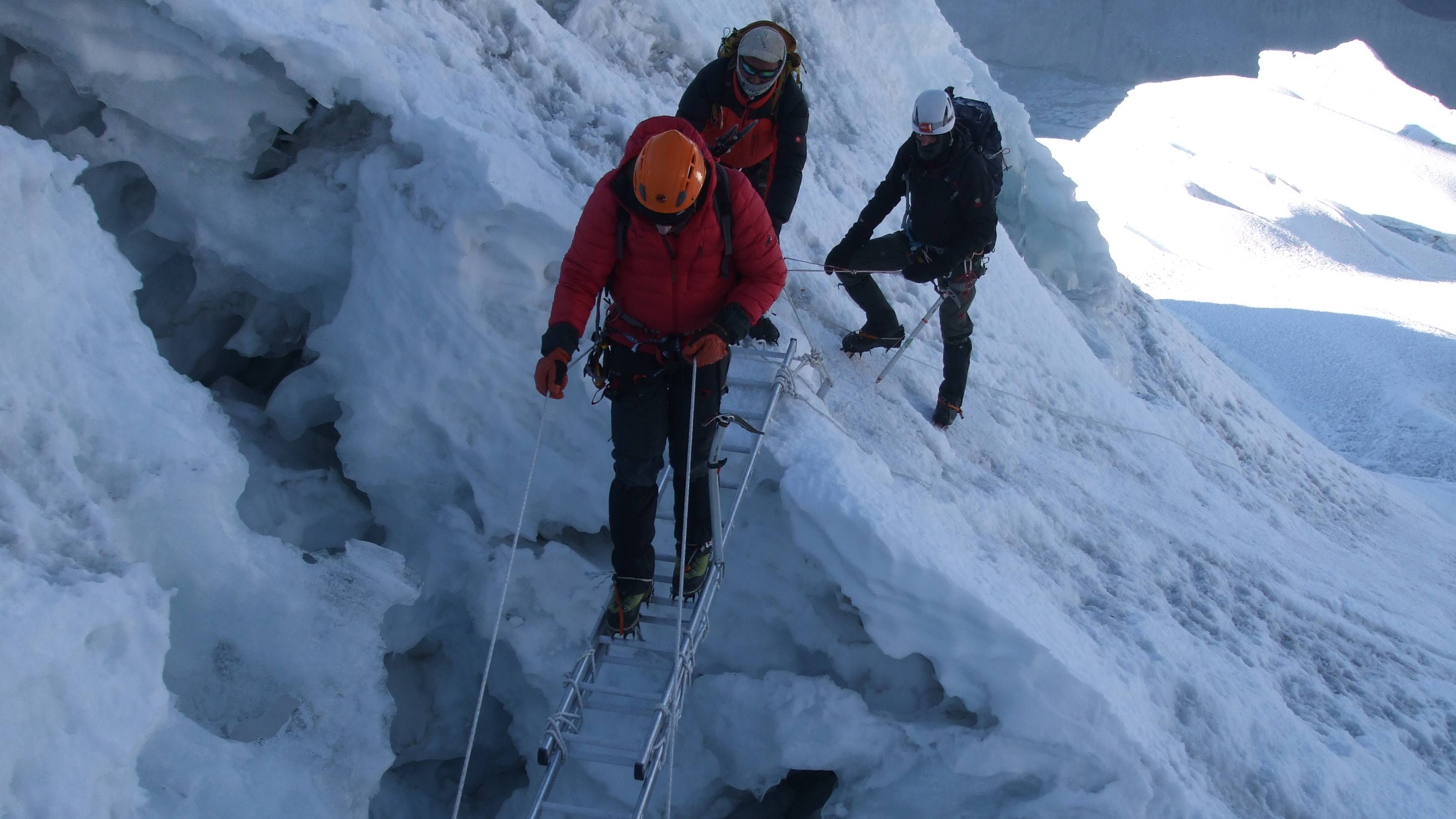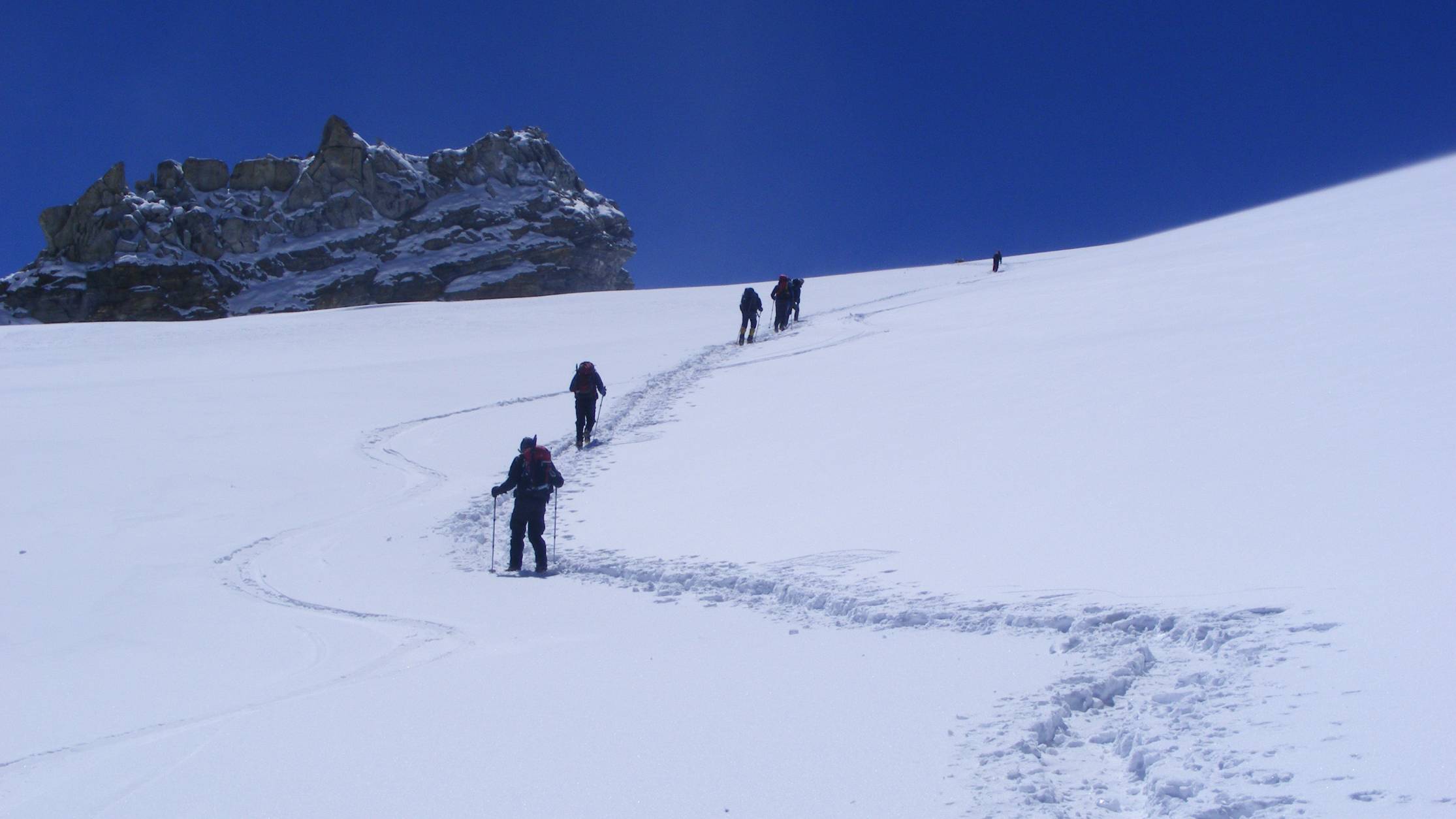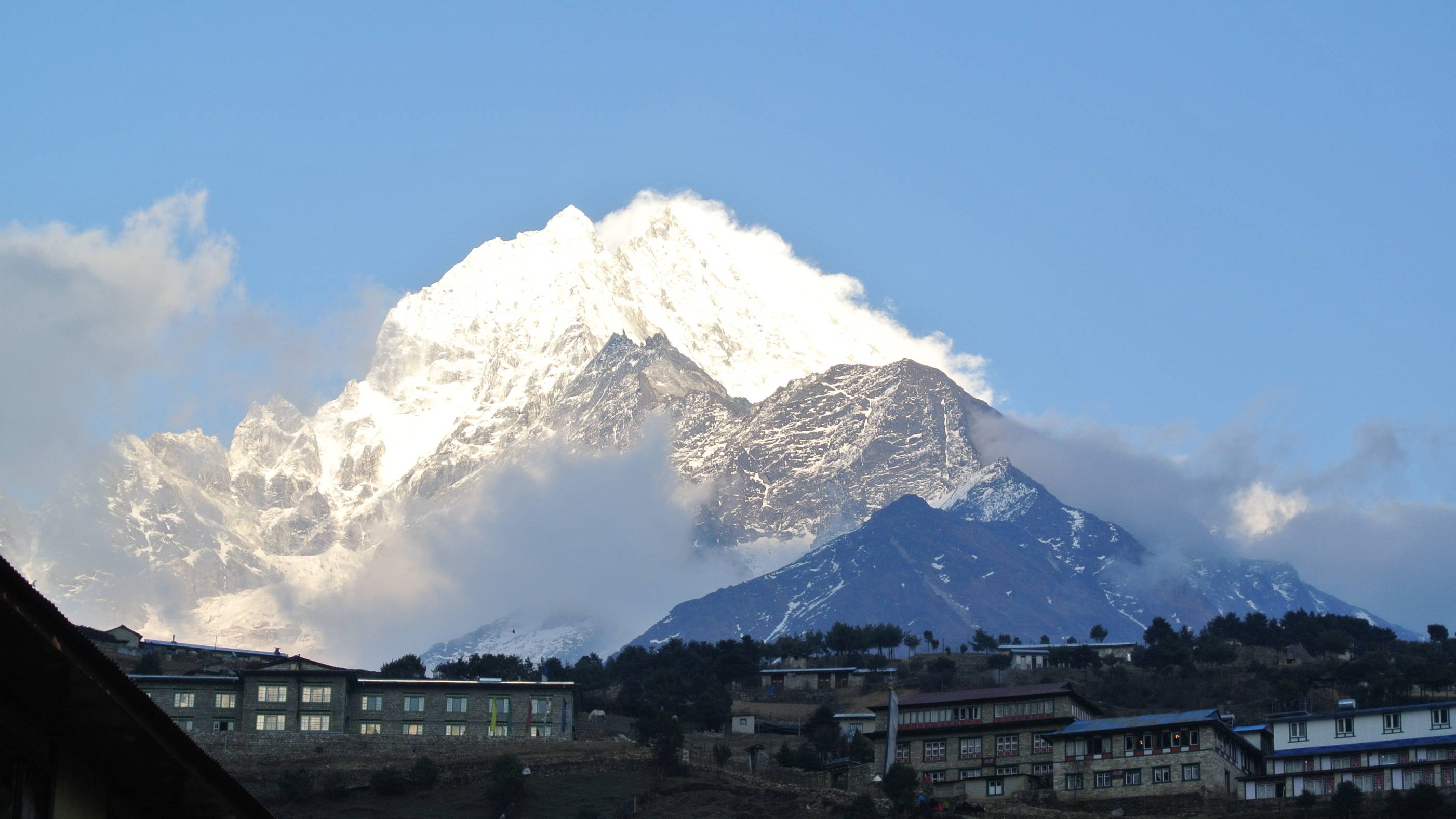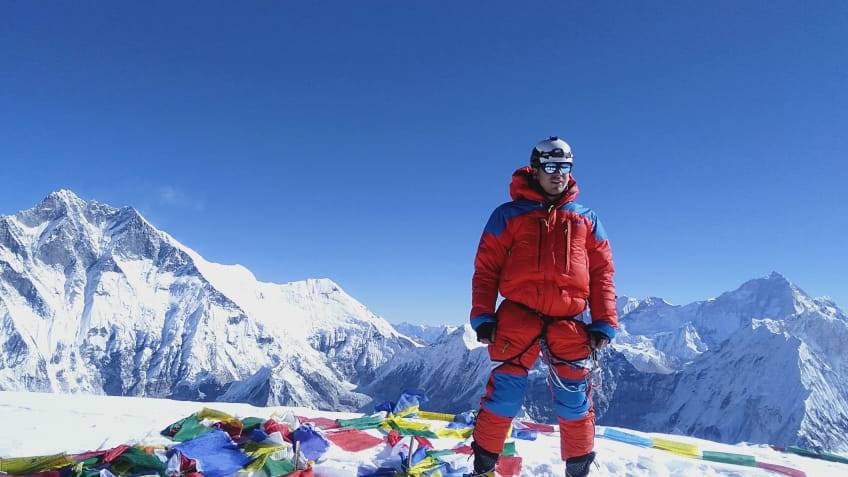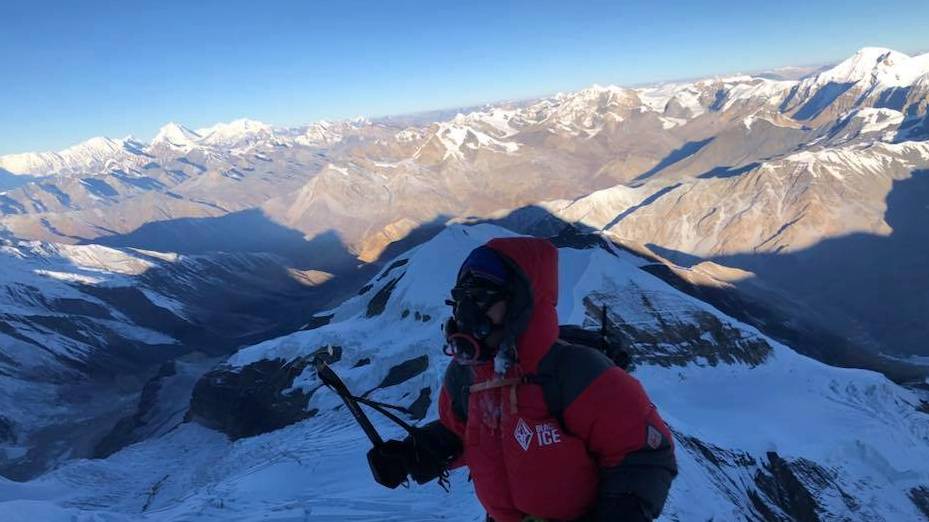The Himalayas are a magnet for adventurers and climbers seeking to test their limits against some of the world's highest and most beautiful peaks. Among the myriad of trekking and climbing opportunities, Island Peak Climbing, Mera Peak Climbing, and Lobuche Peak Climbing stand out for their accessibility and exhilarating experiences. These climbs offer both novice and experienced mountaineers a chance to immerse themselves in the stunning landscapes and rich culture of Nepal.
Island Peak Climbing
Island Peak, known locally as Imja Tse, stands at 6,189 meters and is one of the most popular trekking peaks in the Everest region. Island Peak Climbing is an excellent introduction to Himalayan climbing, offering a blend of trekking and basic mountaineering. The journey begins in Lukla, following the famous Everest Base Camp trail through vibrant Sherpa villages and lush valleys. The climb itself involves navigating glaciers and using fixed ropes to ascend the final steep headwall. Despite being a relatively straightforward climb, the summit offers spectacular views of Lhotse, Nuptse, and Ama Dablam. Island Peak Climbing is perfect for those looking to gain high-altitude experience while enjoying the breathtaking scenery of the Khumbu region.
Mera Peak Climbing
Mera Peak, at 6,476 meters, is the highest trekking peak in Nepal and offers a more remote and less crowded experience compared to Island Peak. Mera Peak Climbing is ideal for trekkers seeking an adventure off the beaten path. The expedition starts with a scenic flight to Lukla, followed by a trek through the pristine Hinku Valley. The climb is non-technical but requires good physical fitness due to its high altitude. The ascent involves crossing crevassed glaciers and using crampons and ice axes. Reaching the summit of Mera Peak provides a rewarding panorama of five of the world's highest mountains: Everest, Lhotse, Makalu, Cho Oyu, and Kangchenjunga. Mera Peak Climbing is a challenging yet rewarding expedition for those seeking solitude and spectacular mountain vistas.
Lobuche Peak Climbing
Lobuche Peak, rising to 6,119 meters, is situated close to the Everest Base Camp and offers climbers a challenging and scenic adventure. Lobuche Peak Climbing is known for its technical sections, requiring climbers to have basic skills in rock and ice climbing. The journey to Lobuche Peak starts from Lukla, following the classic Everest Base Camp trek up to the village of Lobuche. The climb involves steep and exposed sections, particularly on the final ridge to the summit. The reward for reaching the top is a stunning view of Everest, Lhotse, Nuptse, and Pumori. Lobuche Peak Climbing is ideal for climbers looking to enhance their technical skills while enjoying the iconic landscapes of the Everest region.
Conclusion
Island Peak, Mera Peak, and Lobuche Peak each offer a unique and exhilarating Himalayan climbing experience. Whether you're a novice climber seeking your first high-altitude summit or an experienced mountaineer looking for new challenges, these peaks provide the perfect blend of adventure, culture, and breathtaking scenery. Climbing these peaks not only tests your physical endurance but also immerses you in the unparalleled beauty and tranquility of the Himalayas.
